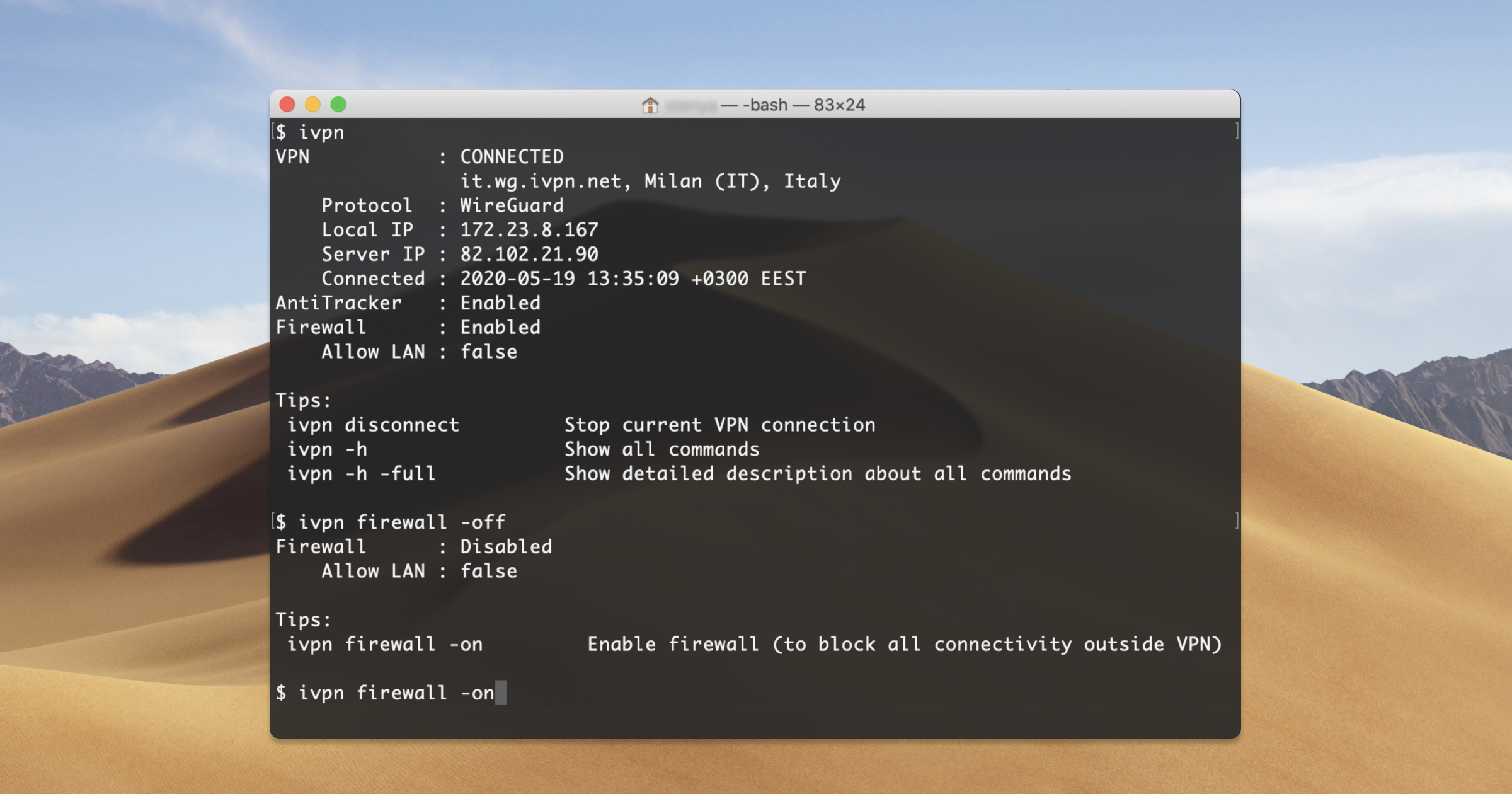

The first does the same as dragging a file to a new location on the same hard disk. There are two commands for moving and copying: mv and cp. The same is the case from the command line. (You may know that you can copy a file in the Finder, even on the same hard disk, by holding down the Option key when you drag it.) However, if you drag a file from your Desktop to an external hard disk, you’ll see that the file remains in its original location this file has been copied. The file is no longer on the Desktop, and is found only in the Documents folder. If you’re in the Finder, and you drag a file from, say, your Desktop to your Documents folder, or any other folder on the same disk or volume, you move the file. Choose Finder > Empty Trash, then click Empty Trash in the confirmation dialog. xcode-select: error: command line tools are already installed, use 'Software Update' to install. If necessary, authenticate as Local Administrator. Select the application you want to uninstall, then drag it to the Trash. The difference between copying and moving files In the Finder, navigate to the Applications folder. An A-Z Index of the Apple macOS command line (macOS bash) break, Exit from a For, While, Until or Select loop builtin, Execute a shell builtin bzip2.
Cmd line for mac mac#

GETMAC /s 192.168.1.1 Get MAC Address by IP Address. You can copy or move files that are hidden in the Finder. You can use one of the following commands: GETMAC /s computername Get MAC Address remotely by Computer Name.You can copy or move files from one location to another without opening windows in the Finder.


 0 kommentar(er)
0 kommentar(er)
